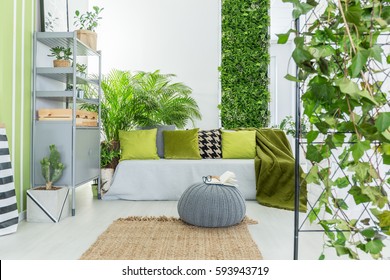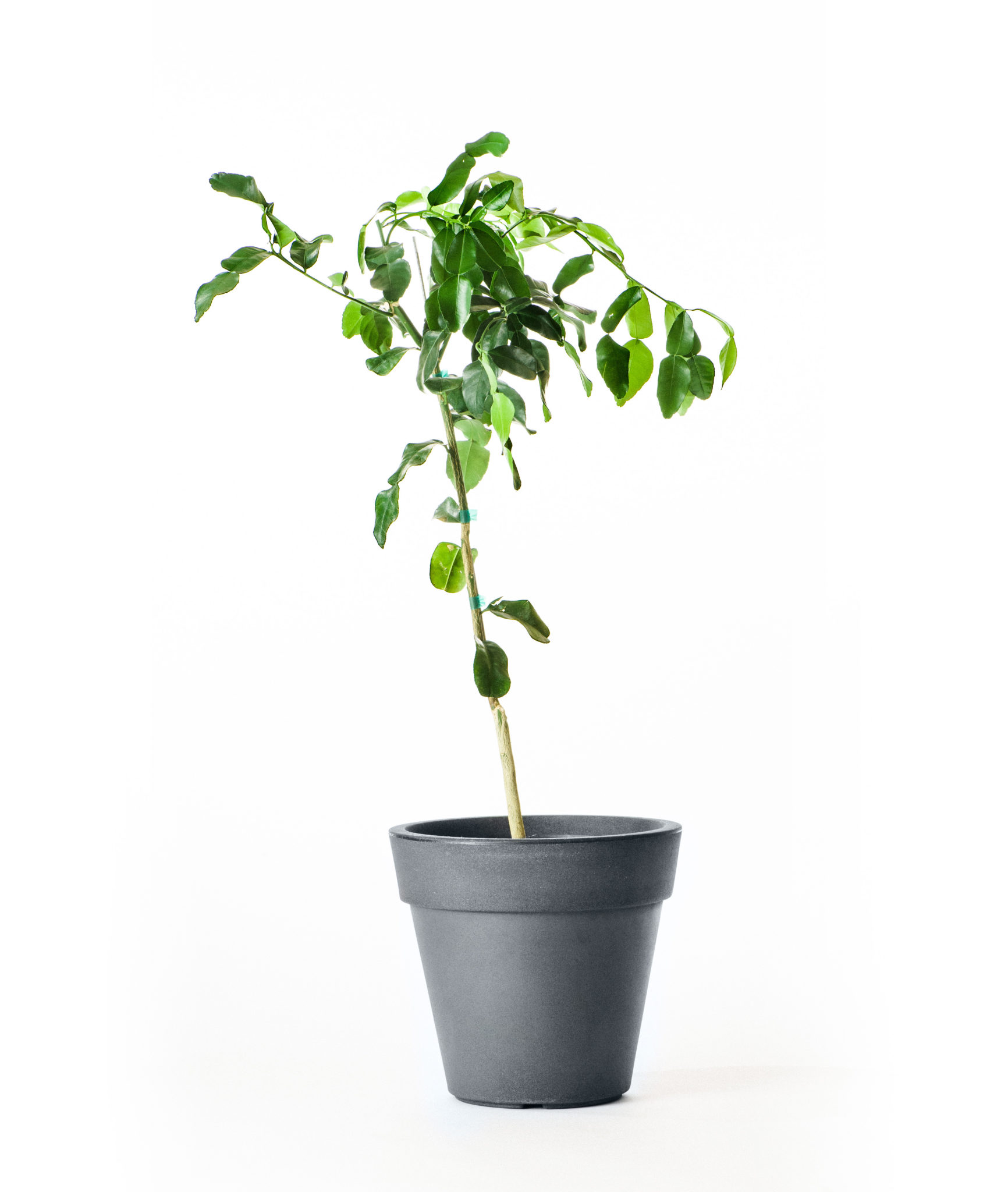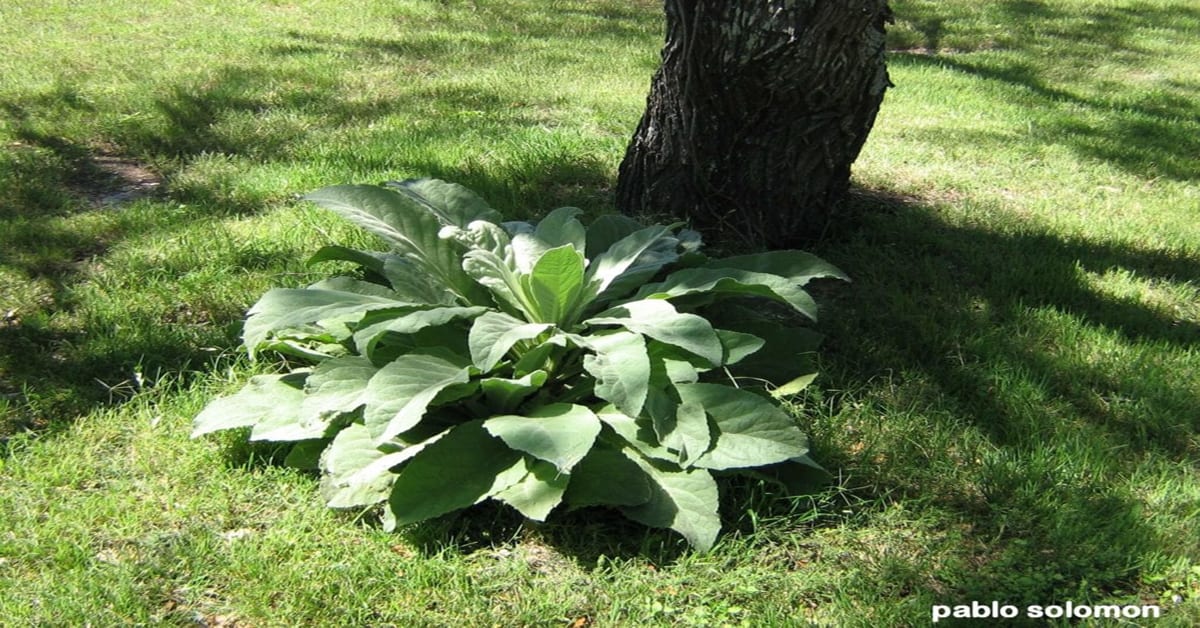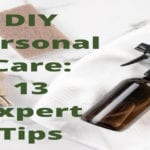
The great thing about starting out fresh as a gardener, according to Pablo Solomon, is that you can build a strong eco-friendly foundation for your garden. No matter the size of garden you choose–from containers to acres –you should strive to be as in touch with your environment and do as little harm as possible.
I asked prolific gardeners, farmers, DIYers and environmental experts about how to start a zero waste garden. Especially in time wherein we suffer from disrupted supply chains of different commodities. Get inspired to start growing your own plants and crops with their insights.
Why Start A Garden?

Gardening is a great way to incorporate eco-friendly living for a variety of reasons. First, you’re reducing the amount of resources and emissions that go into growing conventional food. According to Laura Durenberger of Reduce, Reuse, Renew, on average in the United States, food travels 1,500 miles from farm to plate.
That doesn’t even count the resources that go into planting, growing, pest control, and harvesting crops. By growing your own, you’re eliminating the need for all of that.

Second, you’re reducing the amount of materials needed for food packaging, which can account for a lot of individual waste.
Third, you control and know exactly what has been added on to your food in terms of pesticides, fertilizers, and herbicides, and can decide if you want or need to use them on your own plants.
Steps on creating an indoor and/or yard garden
Understand your local topography.
Determine your growing zone. In the US, this can be found through the USDA website, and helps determine which plants you can start outside and when.
The most important thing to do, Randi Ragan of GreenBliss EcoSpa urges, is really thorough research about your particular growing season, what soil condition you may have, what pests are common in your area, and especially, how much water you will realistically need to be successful (attempting to grow really thirst plants in a geography without much rainfall is not zero waste gardening.)

Growing food shouldn’t be approached haphazardly. Even with experience there are surprising failures, but it does have a steep learning curve that with careful observance, can provide lots of success. Knowing how to choose what you grow will help you to feel less frustrated and again, provide early success.
Included in determining one’s growing zone are these factors:

- SUNLIGHT — Realistically assessing the available sunlight during your peak growing season is key: you must be honest and understand that if you don’t have at least 4 -5 hours of strong sunlight every day during late spring to early autumn, you will be limited on what you can grow.
- NON-TOXIC PEST CONTROL — Becoming familiar with non-toxic pest control methods is also very key. There are home remedies that really do work. Eschewing chemical pesticides and fertilizers is paramount to conscious gardening.
Start small.
Use containers, even hanging containers and at the most one or so 6 x 6 raised beds.
Determine what types of vegetables/herbs/fruit you’re planning to grow, and how many of each. Most vegetables and fruits require full sun, but some herbs and leafy greens can tolerate part shade. Herbs can be grown inside as well in a bright window.

Once you determine what types of plants you want to grow, you can decide where you’ll grow them.
Choose plants according to the light available and the amount of space you have for them to grow.

Growing plants vertically in pots on walls, posts and fences is a good way to save space.
Good gardens begin with good soil.

Invest in a few bags of good composted soil. Over time you can enrich your soil and even make your own by composting.
When it comes to zero-waste gardening, Stephanie Seferian of Mama Minimalists says that composting is the holy grail. That’s because composting uses the entire food item so nary a speck goes to waste.
Thanks to the magic of composting, last year’s fruit and vegetables scraps provide this year’s garden with a healthy, robust life source.
Having homegrown compost eliminates the need to purchase fertilizer in that plastic bag, too. Forego fertilizer completely and embrace compost: Add as much organic compost to your soil as possible or up to 20% of the total soil makeup.
Use water wisely and waste not a drop.
Collect rainwater and grey water for your plants using pails or barrels. Protect water collection containers from mosquitoes by putting lids on them.
Here are other tricks for making the most of water during the growing season:
- Mulch after you plant. A layer of shredded leaves or straw will keep in moisture, prevent weeds, keep soil temperature stable + add nutrition to the soil as it breaks down.
- Get creative with reusing water. Case in point, Stephanie Seferian has two dehumidifiers in her basement. When the dehumidifiers fill, she uses that water to water the garden.
Start from seeds
Purchasing established plants in plastic pots can get pricey. But starting your garden from seeds? That’s free, especially if you saved seeds from last year’s produce.

Growing plants from seed enables you to skirt around those pesky plastic pots, too.
As with anything plastic, the harder and more durable plastic pots are easy to recycle – but because they’re so durable they can also be reused easily year after year.
Those flimsy plastic seed starters are another story. Soft plastic is increasingly hard to recycle. Soft plastic doesn’t last all that long, either: It rips or cracks after a single use.
If you buy plants and have plastic pots left over, save what you can for your future growing needs then return the rest to your garden center. Don’t recycle them, as recycling systems are overburdened as it is.
Got old, expired seed packets lying around? So the date of expiration has passed. Plant them anyway and cross your fingers. If they take, you’ve gained. If they don’t, you’ve lost nothing.
Pro-Tip: Save your scraps!
Instead of composting everything, set aside some scraps and leftovers of your veggies, fruits and herbs after meal prep. Afterwards, dry them out overnight. In some plants, you should put them in a container with some water to grow their roots. Then transfer to soil.
Now that you know the basic steps of starting your garden, I invite you to learn about the plants you can take care of in both urban and rural areas.
Plants for indoor and outdoor gardens
The options are endless for what you can grow, and a lot is determined by location. The bigger restriction becomes space. If you’re in an urban area and don’t have access to a yard, you can either try planting in containers (tomatoes, peppers, leafy greens, cucumbers, carrots, and herbs can all be grown in containers), or look in your area for a community garden space.

Almost any vegetable, herb, berry and many fruit and nuts trees that you can grow on a farm, you can grow in a yard, patio or roof top with careful planning and care.
The fun and easy starters are tomatoes, sweet peppers, various salad greens, strawberries, beans and herbs.

There are many wonderful dwarf varieties of fruit trees which produce full size apples, oranges, lemons, plums, etc. They can even be grown in big pots that you can roll into a shed to protect them from hard freezes.
Upcycling ideas for gardening materials
Let your imagination go wild.
Almost any container that your can drill a drain hole in can be used as a planter. And anything that holds water can be used to collect rainwater.
When it comes to zero-waste gardening, it pays to keep an eye out for good second-hand tools. Try Freecycle.com, check out garage sales, or borrow from a fellow gardener.
It is worth it to look for gardening materials secondhand before buying new, in order to stay in line with eco-friendly living. Often, people have extra stuff laying around that they’re not using and would be happy to let you use.
Can you source salvaged or second hand building materials, containers, and tools? Can you barter with others for what you need with what you have? Can you join a neighborhood co-op to share tools and materials and knowledge, as well as what you grow?
If you don’t want to borrow or buy even secondhand tools, upcycle your own gardening toolkit from trash and other loose-lying bits and bobs around your house.
Know that the basic tool is a spade; you can create a makeshift spade out of a milk jug for free.
Need to keep the critters out? Netting is plastic. Ask around; can you take netting off someone else’s hands? Alternately, if you have an old dog crate in your basement, grow your most susceptible crops (ex. strawberries) within.
With regard to plant labels, there is no need to purchase fancy plastic sticks. Repurpose your bamboo toothbrush into a plant label by writing directly on the handle with permanent marker + snapping off the bristles. Or repurpose the stick from your child’s popsicle treat for the same purpose.
When growing plants from seeds, get creative as you also go plastic-free. Use egg cartons, toilet paper rolls, newspaper rolls, paper cups + eggshells to hold your seedlings before transplanting them into bigger pots or directly into the garden.
Make miniature greenhouses for your seedlings by placing them inside a clear plastic bottle (a lemonade bottle, for example) or a plastic strawberry container. Homemade greenhouses create hardy seedlings ready to be planted outside when the weather is right.
Tips for beginner gardeners
When it comes to gardening, you might feel overwhelmed by trying to get agreen thumb. Especially when you didn’t practice it before. But you shouldn’t fear. Like anything worthwhile to do, just do it.
To further guide through the process of gardening, here are some practical tips to help you grow a garden successfully.
1. Do not over water your plants. You should let the soil get moderately dry before you water your plants again. (Have an experienced gardener show you what that looks and feels like. There are various tools that will also measure soil moisture)
2. Avoid pesticides and herbicides completely. You can use eco-friendly substances to repel bugs and other pests. Sometimes one plant variety can protect another while getting various benefits itself.
3. Avoid railroad ties. When clearing a space or making raised beds, avoid railroad ties – these are full of a toxic chemical called creosote which seeps into the soil. Many people think railroad ties are great choices for constructing raised beds since they are cheap. They are not! Look for salvaged or reclaimed woods/boards, or as a last resort newly cut boards.
3. Conduct regular maintenance. Be sure to dispose of diseased plants and leaves–burn, trash, etc. –do not compost diseased organic material.)
4. Network with your gardening community. Talk to local gardeners and shops about what plants that are mutually beneficial grow well in your area. You can get valuable information such as when to start certain plants, share gardening tips, and natural pest control options. You can even trade plants or produce.
Conclusion
Don’t be afraid of screwing things up! Gardening is all about trial and error, and some years will be better than others. Also, don’t try to start off huge. If it’s your first year, plant a few things to see how it goes.
Zero waste gardening is as much a mindset as a theory. Approaching your efforts with care and consideration for what you are contributing or using is the start.
When you start growing your own own food, you already start a zero waste lifestyle. It’s a very fulfilling activity, to see life sprung forth from the earth through your efforts. And it will also make you healthier with the exercise and the wholesome fruits of your labor.





Howdy! This is my first visit to your blog! We are a group of volunteers and starting a new initiative in a community in the same niche. Your blog provided us beneficial information to work on. You have done a wonderful job!
This article is great inspiration for us!
As for me, I have always dreamt about having my own garden. Unfortunately, I don’t have such an opportunity, because, I am living in a flat. It makes me sad.